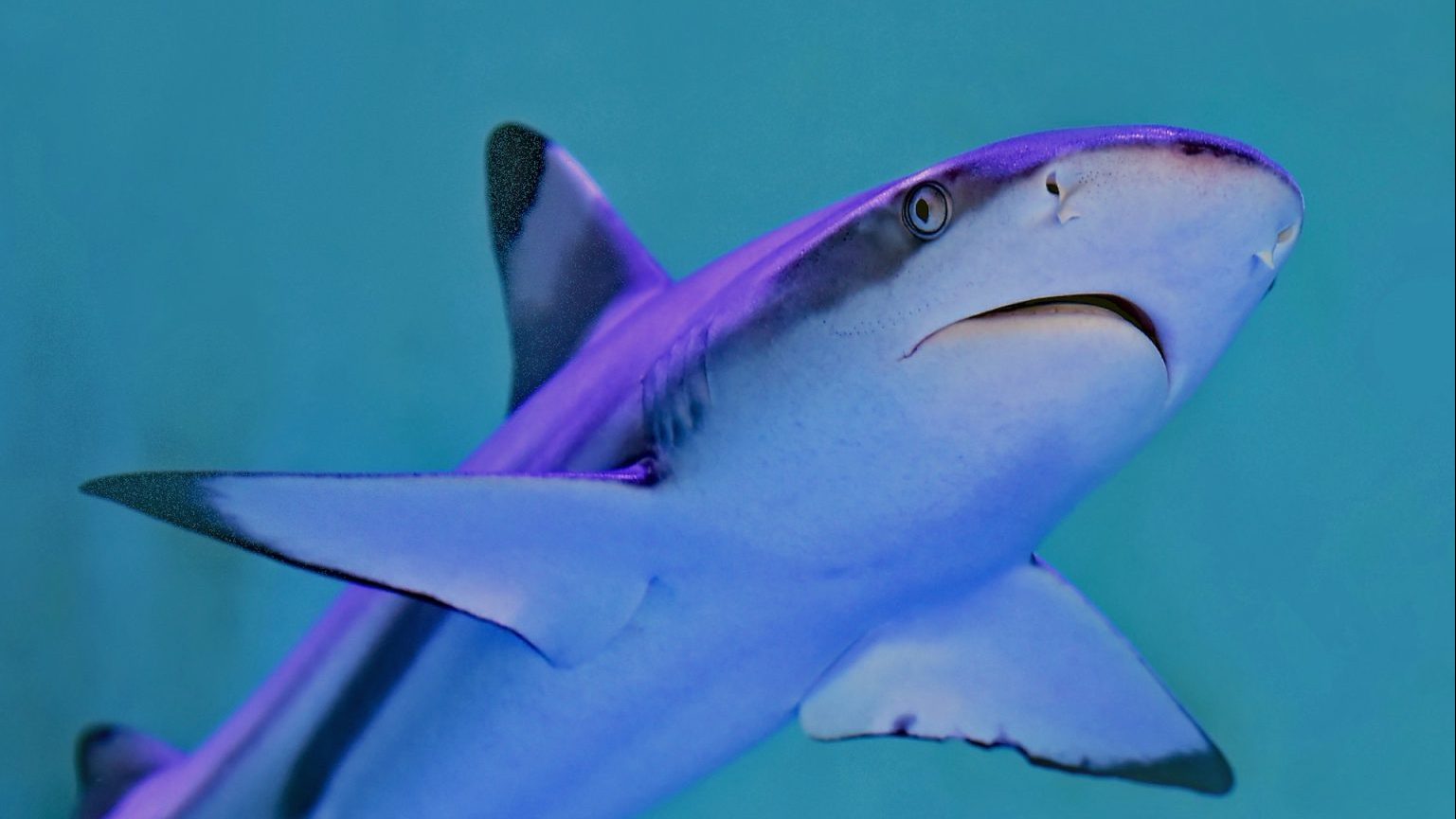CSI Microbiology: Germ Fingerprints Could Help Catch Criminals

Each of us is unique and special. So too are the bacterial communities infesting our grimy palms. As we move through the world, we deposit a potentially incriminating microbial film on everything we touch. Scientists at the University of Colorado at Boulder hope that our individual germ prints will one day be used to catch criminals. Their study, published yesterday in the Proceedings of the National Academy of Sciences, found that traces of bacterial DNA can be used to link people to objects they’ve touched, even hours after the fact:
Using powerful gene-sequencing techniques, the team swabbed bacterial DNA from individual keys on three personal computers and matched them up to bacteria on the fingertips of keyboard owners, comparing the results to swabs taken from other keyboards never touched by the subjects. The bacterial DNA from the keys matched much more closely to bacteria of keyboard owners than to bacterial samples taken from random fingertips and from other keyboards, Fierer said.
In a second test, the team swabbed nine keyboard mice that had not been touched in more than 12 hours and collected palm bacteria from the mouse owners. The team compared the similarity between the owner’s palm bacteria and owner’s mouse with 270 randomly selected bacterial samples from palms that had never touched the mouse. In all nine cases, the bacterial community on each mouse was much more similar to the owner’s hand. [Science Daily]
Bacterial signatures can sometimes be recovered from surfaces where no DNA or fingerprints can be found.
The technology isn’t ready for prime time yet. So far, the method has only proved 70% to 90% accurate. Much more testing will have to be done before this kind of evidence gets anywhere near a courtroom. But researchers are hopeful that the test will become more accurate as more powerful gene sequencing techniques are developed.
Previous research by the same team determined that each person has about 150 species of bacteria on their hands, but that any two people only have about 13% of their species in common. How’s that for diversity?
Photo credit: Cropped from an image by estherase, licensed under Creative Commons.





